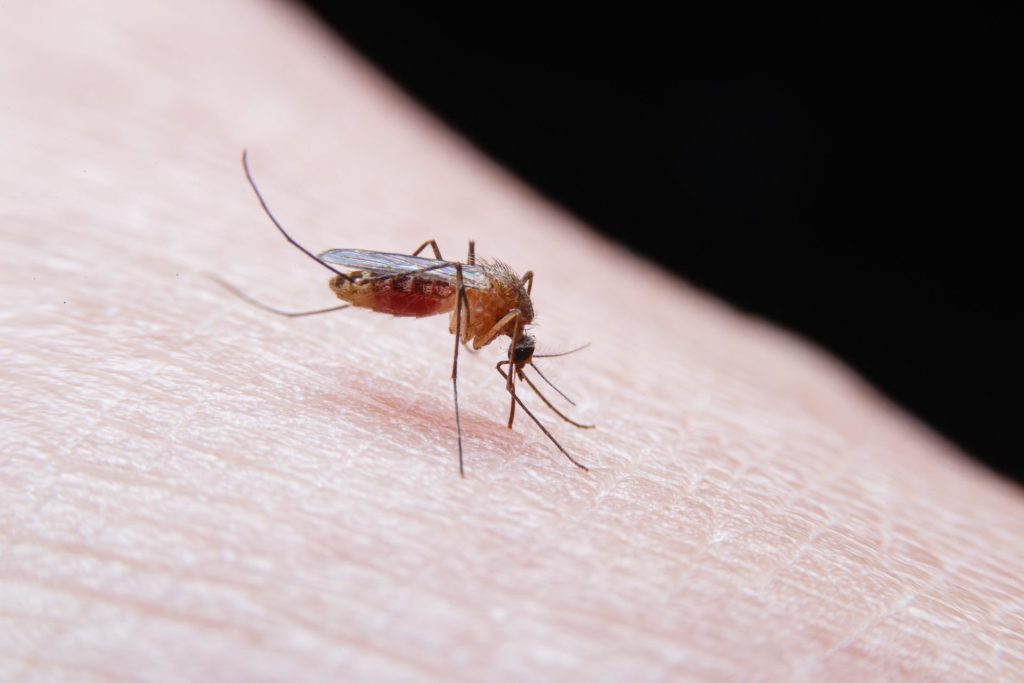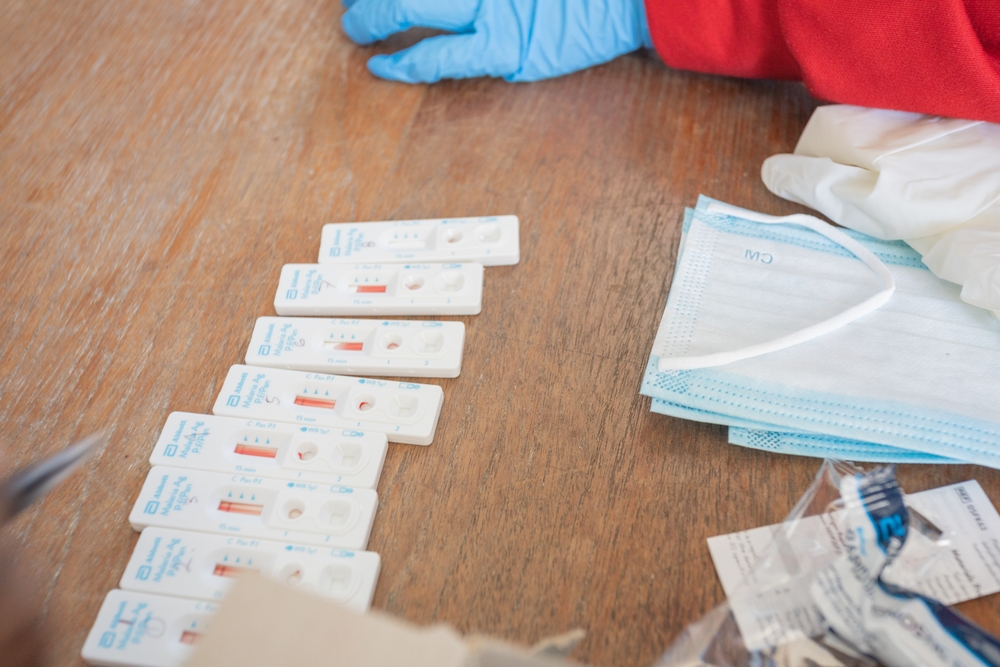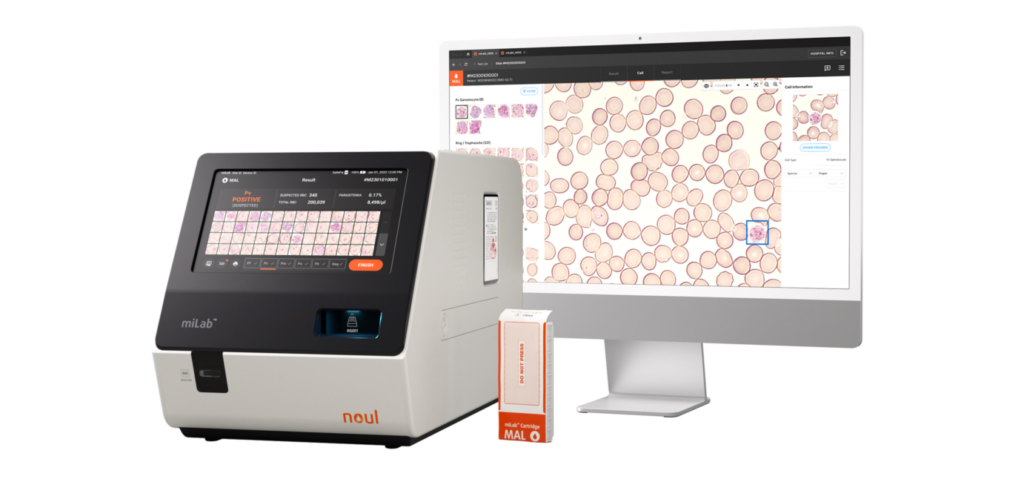
Source: shutterstock
Since the 2000s, efforts by the WHO, the Global Fund, and national governments have led to a decline in malaria cases and deaths, and an increasing number of countries have successfully eliminated the disease. However, more than half of the global population remains at risk of infection, with Africa accounting for approximately 94% of all malaria cases and 95% of related deaths, highlighting a severe regional disparity.
The prevalence of malaria in Africa is driven not only by climatic and geographical factors but also by the combined effects of limited healthcare infrastructure and socio-economic challenges. Although Suriname was recently certified as a malaria-free country, malaria remains endemic in 83 countries and territories, including much of Africa. Even in Europe and North America, thousands of cases are reported annually, making it difficult to regard malaria as a “disappearing disease.” In response to this ongoing challenge, the WHO has issued new global guidelines to help prevent malaria resurgence and support worldwide elimination efforts.
Malaria-Free Countries and Elimination Strategies

Source: Heinrich Dominggus Dengi / Shutterstock
In 1955, the World Health Organization (WHO) launched the Global Malaria Eradication Programme (GMEP) with the goal of eliminating malaria worldwide. The program focused on the use of insecticides and antimalarial drugs and achieved success in certain temperate and subtropical regions. However, many countries in Africa and South America failed to achieve similar results due to limited healthcare infrastructure, drug and insecticide resistance, and socioeconomic challenges. As a result, the program was officially terminated in 1969, and WHO shifted its strategy from eradication to long-term control.
Today, malaria-free countries include those in Europe, North America, and parts of Asia and Latin America, all officially certified by WHO. These nations share several common approaches under WHO’s control strategy, which have proven instrumental in achieving and sustaining malaria elimination.
Risk Factors for Malaria Resurgence
Even countries that have successfully eliminated malaria remain at risk of resurgence. Malaria resurgence is driven not only by environmental factors but also by a combination of economic conditions, healthcare infrastructure, and international support.
For example, Europe and the Americas have achieved malaria elimination, yet Anopheles mosquitoes are still present, and imported cases via travelers are reported consistently. Therefore, if surveillance, diagnosis, and treatment systems become lax after elimination, the risk of resurgence persists. Undetected or untreated imported cases can quickly spread within communities, potentially leading to large-scale outbreaks in a short period.
Additionally, conflicts, border disputes, and travel restrictions that limit access to healthcare, or reductions in support from international partners that disrupt the supply of preventive tools, can allow malaria to spread again at any time.
WHO Global Guidelines for Malaria Resurgence Prevention

Source: shutterstock
In July 2025, the WHO officially released, for the first time, global guidelines to prevent malaria re-establishment (resurgence) at a regional meeting for Middle Eastern and North African countries. WHO’s Dr. Daniel Ngamije emphasized the timeliness and importance of the guidelines, stating, “Achieving malaria elimination is a tremendous accomplishment, but continued vigilance is still required.”
The purpose of these guidelines is to provide practical tools and strategies that help countries that have successfully eliminated malaria maintain their achievements over the long term. Key elements include continuous surveillance and rapid response, strengthened healthcare systems, international collaboration and information sharing, and secure, sustainable resources. In particular, rapid and accurate diagnosis is essential for early warning and effective response, serving as the foundation for treatment, preventive measures, and all other control strategies.
In this context, miLab™ MAL meets the WHO guidelines’ requirements for fast and accurate point-of-care diagnosis, contributing to the prevention of malaria resurgence and helping countries preserve their hard-won elimination successes.
Next-Generation Malaria Diagnostic Solution

Source: noul
miLab™ MAL is a malaria diagnostic solution composed of a device and disposable cartridges. By applying 5 µL of blood onto a cartridge and inserting it into the device, the system integrates smearing, staining, imaging, and analysis within a single platform. The device uses a solid-based staining technology to fully automate the microscopy workflow, while AI-assisted cell reading enhances diagnostic accuracy and consistency.
With its compact device and cartridges, miLab™ MAL combines automation and AI support to simplify infrastructure requirements while maintaining high diagnostic performance. Its ease of installation and operation helps address healthcare accessibility challenges. Using morphological diagnosis via digital microscopy, the system minimizes false negatives and false positives, enabling rapid patient treatment. The AI also automatically classifies abnormal cells and differentiates between P. falciparum and P. vivax, supporting precise interpretation by healthcare professionals.
As such, miLab™ MAL aligns with WHO guidelines by supporting strengthened health systems, international collaboration and information sharing, and sustainable resource availability. It enables immediate response to malaria cases and has been recognized as a next-generation malaria diagnostic solution, highlighted by UNITAID in 2022.
New Possibilities in Malaria Control Opened by miLab™ MAL
miLab™ MAL delivers greater accuracy than conventional RDTs while significantly reducing diagnostic time compared to traditional microscopy, enabling rapid linkage to appropriate treatment. Optimized for early containment and malaria elimination strategies, it empowers healthcare professionals with efficient, on-site diagnostics. Furthermore, by improving diagnostic accessibility and delivering fast, precise results, miLab™ MAL contributes to the global effort toward a future where every nation can declare itself malaria-free.
Learn more about the innovative malaria diagnostic solution miLab™ MAL at the link below.

